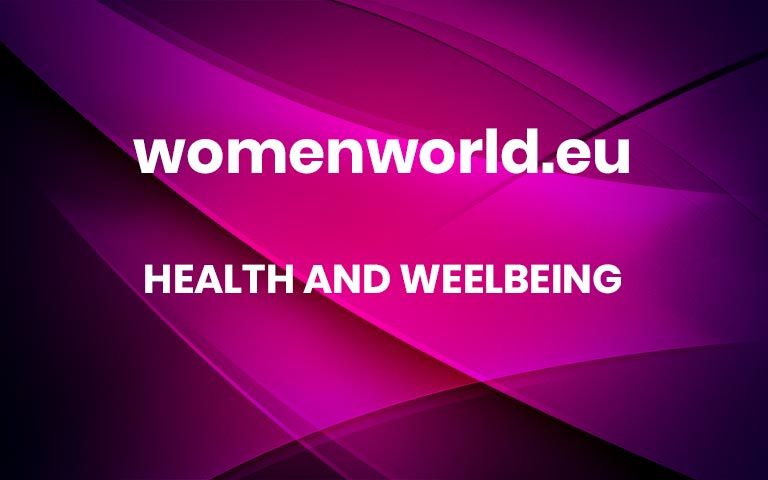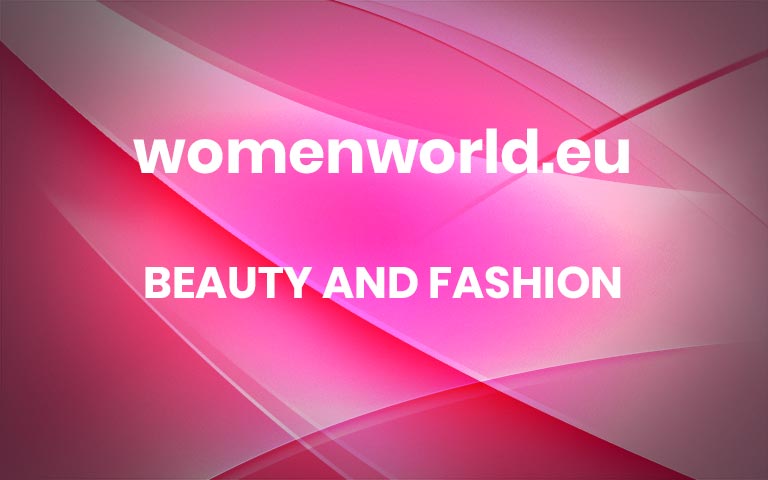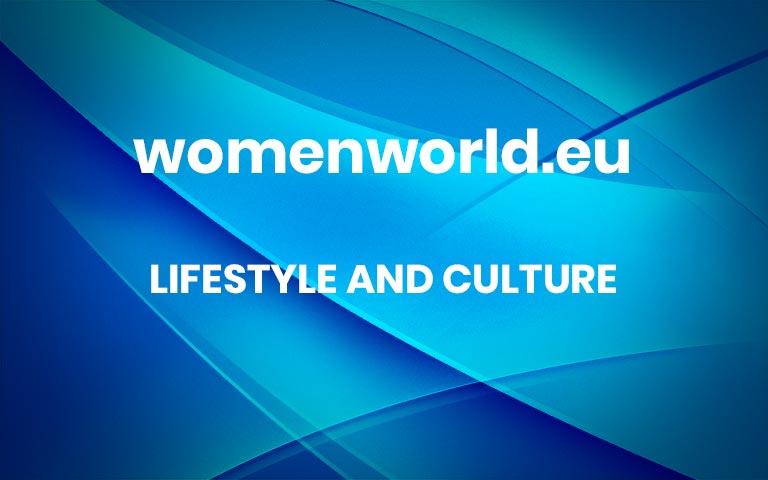4 Reasons to Ditch Your Perfectionist Streak for Good
I have jumped awake at 3:52am more times than I can count. As a former editor who worked years of evening shifts in newspaper publishing, I was supposed to be able to gracefully manage time, words, and people each night to turn out a perfectly polished product for readers every morning.Most of the time, it went fine, or at least fine-ish. But even if I felt pretty confident about the newspaper I’d helped put together hours earlier, I’d still jolt awake in the dark, absolutely sure I had forgotten something important and would be judged for it.
In my predawn terror, I was starting to realize that my perfectionism wasn’t just about maintaining my own high standards. It was coming from a place of deep, deep fear.
What if someone judged me in the morning or found my work lacking? That would be awful. Maybe I would never recover from the embarrassment. So I played it safe, never taking risks or exploring outside my narrow comfort zone.
Over time, though, that zone actually became a lot less comfortable. I was scrambling every day to live up to others’ expectations, afraid to use my own voice. And you know what the worst part was? Nobody whose opinion I valued had ever judged me. The expectations I imagined others had for me were just that — imaginary.
That’s when I realized that, as scary as it might sound, living in the real world as the flawed human I was (and very, very much continue to be!) was the only way I could learn and develop my skills and confidence. I was learning what experts already know: Perfectionism can be the very thing that holds us back from being the best version of ourselves.
Need more reasons to ditch that perfectionist streak once and for all? Try thinking about what it doesn’t do for you.
1. It doesn’t raise your game
First, those high standards we hold ourselves to? They don’t have to disappear. Striving for excellence and being conscientious is something we should be proud of. But there’s a simple reason that perfection isn’t worth chasing. Our goals have to be achievable, and perfection just isn’t.
Take it from Dr. Brené Brown, the bestselling author who studies shame, vulnerability, and leadership. “What emerged for me in the data is that perfectionism is not about striving for excellence or healthy striving,” Brown told Oprah, according to HuffPost. “It’s… a way of thinking and feeling that says this: ‘If I look perfect, do it perfect, work perfect and live perfect, I can avoid or minimize shame, blame and judgment.’”
If you’ve been hanging on to that perfectionist streak because you think letting go will lower your standards, breathe easy. It’s time to set new goals — ones that challenge you, inspire you, and leave you feeling proud of your progress.
2. It doesn’t help you grow
Consider adopting the mantra of entrepreneur and life coach Marie Forleo: “Go for progress, not perfection.” On her blog, Forleo admitted that she could easily polish her posts and other products all day. Like many of us, she wants her work to be as good as it can be.“However, perfectionism is an insidious trap that can grind your output to a halt and suffocate your soul — if you let it,” she wrote.
That’s because all that endless tweaking doesn’t give you space to grow. Put your best effort out there and be done with it until you’re ready to make real improvements, Forleo argued.
“The goal is to always keep yourself in a growth-oriented mindset where you’re focused on learning and experimentation and getting better and just putting shiz out there,” she told viewers of her show, Marie TV.
Perfectionism is a defense mechanism that’s more about seeking external approval than it is about doing your own best work and learning and growing in the process. The latter tends to be more meaningful, so remind yourself from time to time that progress — not perfection — is the goal.
3. It doesn’t support your health
If you brush off the rest of these reasons, listen to this one. Perfectionism does zero favors for your health.
“Recent findings suggest that perfectionism is highly prevalent among children and adolescents, and perfectionism can be quite destructive in terms of its links with anxiety, depression, and suicide,” the summary of a 2014 report on perfectionism begins.
Other studies support those findings. They connect the dots between perfectionism and depression, anxiety, eating disorders, and more. If perfectionism is becoming more common, as studies suggest, more people are at risk.
An increase in perfectionism doesn’t indicate that we’re all just getting better at everything, as BBC Future noted. It’s actually a bad thing.
4. It doesn’t enrich your life and relationships
Psychologists say there are a few types of perfectionists. Some — self-oriented perfectionists — may need to know that they’re working at their full potential all the time. They may be disproportionately bothered by making a mistake. They may even expect themselves to be consistently perfect.
Other-oriented perfectionists hold others to high standards, expecting the people around them to be perfect. They may not be able to delegate effectively, needing to retain control of work so that it meets their own standards.
Socially-prescribed perfectionists are fueled by pressure and others’ expectations of them — real or imagined. They may base their self-worth on whether they can meet those high standards, even if they’re not realistic.
Each one may struggle with life and relationships in different ways. We are all on our own imperfect journey, like the one that’s described in one of my favorite childhood stories. In it, the Velveteen Rabbit and its friends are discussing the process of becoming Real and truly loved by a child. As they explain, it’s not a journey that has room for perfection — only for being authentic and unique.
“It takes a long time,” one toy explains to another. “That’s why it doesn’t happen often to people who break easily, or have sharp edges, or who have to be carefully kept. Generally, by the time you are Real, most of your hair has been loved off, and your eyes drop out and you get loose in the joints and very shabby. But these things don’t matter at all, because once you are Real you can’t be ugly, except to people who don’t understand.”
Take it from Brown. She believes that in order to genuinely connect with others, we have to show them genuine versions of ourselves — struggles and all. The truth, she argued, is that we are naturally interested in people who are authentic, who are honest about their imperfect lives.
“Perfectionism is not about healthy achievement and growth; it’s a shield,” Brown noted in a CNN op-ed. “Perfectionism is a 20-ton shield that we lug around thinking it will protect us when, in fact, it’s the thing that’s really preventing us from being seen and taking flight.” More




